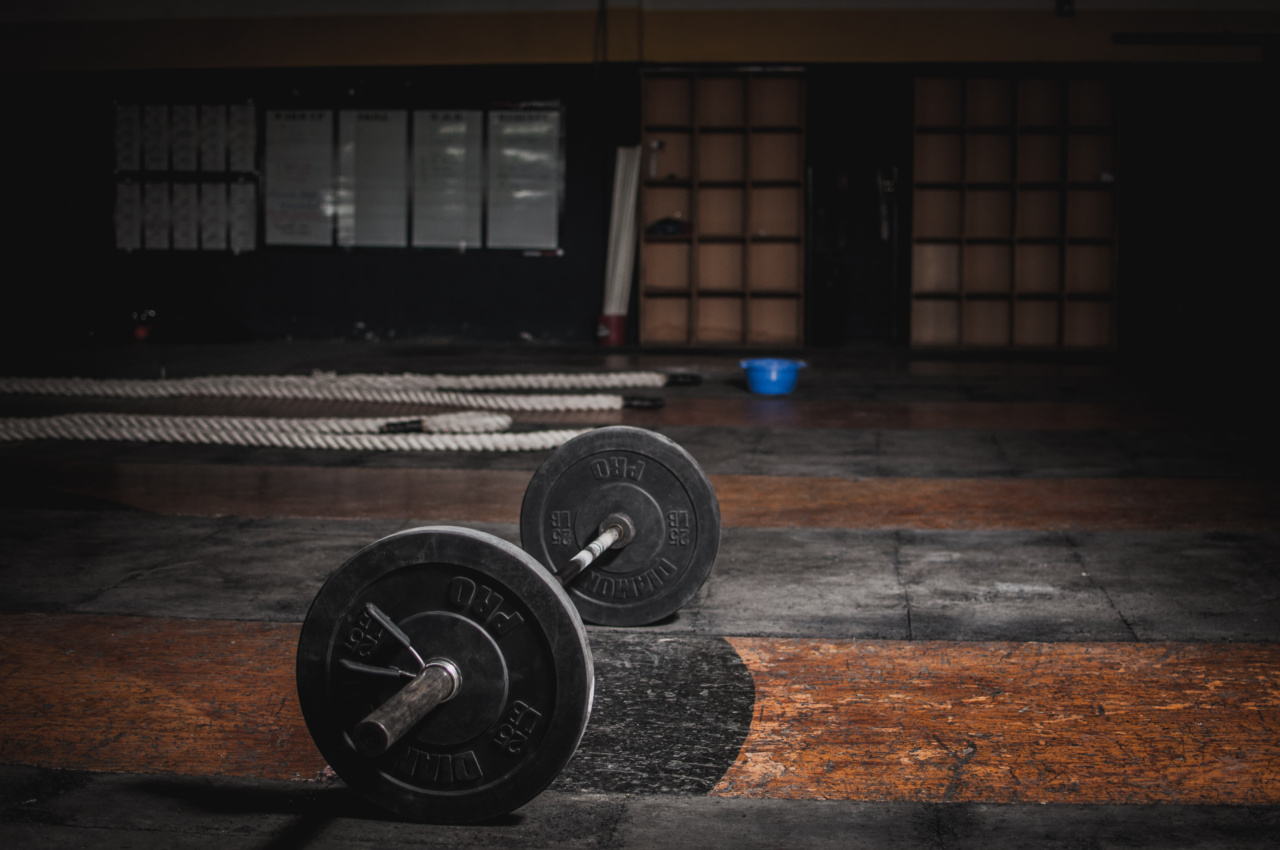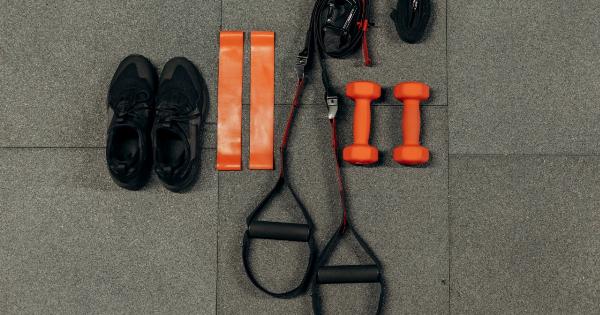Fractures can be debilitating injuries that require proper care and rehabilitation. However, with the right fitness regimen and exercises, it is possible to not only recover from a fracture but also build bone density in the process.
This article will outline a comprehensive fitness regimen tailored specifically for individuals recovering from fractures.
The Importance of Building Bone Density
Bone density refers to the amount of minerals, primarily calcium and phosphorus, present in your bones. Having strong bones is essential for overall health and prevents the risk of fractures, especially as we age.
By building bone density, you not only reduce the risk of future fractures but also ensure a quicker and more efficient recovery from any existing fractures.
Consulting with a Healthcare Professional
Before starting any fitness regimen, it is crucial to consult with a healthcare professional who can assess your specific condition and provide appropriate guidance.
They will consider factors such as the type and location of your fracture, any underlying conditions, and your overall physical health.
Regaining Mobility with Gentle Exercises
For individuals with fractures, the initial focus should be on regaining mobility and range of motion.
Gentle exercises such as stretching, light walking, and low-impact activities like swimming or cycling can help gradually improve mobility without putting excessive stress on the fractured area. These exercises promote blood flow and aid in the healing process.
Strengthening the Muscles around the Fracture
Once mobility is regained, it is essential to focus on strengthening the muscles around the fractured area. Strong muscles provide support and stability to the bones, reducing the risk of further injuries.
Some exercises that can be incorporated into the fitness regimen include:.
1. Resistance Training
Using resistance bands or weights can help target specific muscle groups and promote muscle growth. Trained professionals can guide you through exercises that do not put excessive strain on the fractured area.
2. Core Strengthening
A strong core is crucial for maintaining balance and stability. Exercises such as planks, bridges, and abdominal crunches can help strengthen the core muscles.
3. Upper Body Exercises
For fractures involving the lower body, it is important to focus on strengthening the upper body. This can be achieved through exercises such as bicep curls, shoulder presses, and tricep dips.
4. Balance and Stability Training
Balance and stability exercises help in preventing falls and protecting the fractured area. Activities like yoga, tai chi, or single-leg stands can be beneficial for improving balance and stability.
5. Weight-Bearing Exercises
If your healthcare professional approves, gradually incorporating weight-bearing exercises into your fitness regimen can promote bone density. Walking, jogging, or aerobics can be introduced, ensuring the impact is well-distributed throughout the body.
Building Bone Density through Nutrition
Alongside a fitness regimen, proper nutrition plays a vital role in building bone density and aiding in the healing process. These dietary recommendations are particularly beneficial for individuals recovering from fractures:.
1. Calcium-Rich Foods
Ensure an adequate intake of calcium-rich foods such as dairy products, leafy greens, and fortified cereals. Calcium is a fundamental mineral for bone health and density.
2. Vitamin D
Vitamin D aids in the absorption of calcium. Spend some time outdoors, as sunlight is a natural source of vitamin D. Additionally, include foods like fatty fish, eggs, and fortified dairy products in your diet.
3. Protein
Consuming sufficient protein is important for the growth and repair of bone tissue. Include lean meats, poultry, fish, legumes, and dairy products in your meals.
4. Vitamin K
Vitamin K plays a role in the production of proteins involved in bone mineralization. Leafy greens, broccoli, and Brussels sprouts are excellent sources of vitamin K.
5. Avoid Excessive Alcohol and Caffeine
Excessive consumption of alcohol and caffeine can interfere with calcium absorption and contribute to bone loss. Limiting their intake will help maintain optimal bone health.
Conclusion
Building bone density after a fracture is a gradual process that requires patience and dedication.
Following a carefully designed fitness regimen, consulting with healthcare professionals, and maintaining a healthy diet are all crucial components of this journey. By taking proactive steps to build bone density, individuals can recover from fractures and reduce the risk of future injuries.































